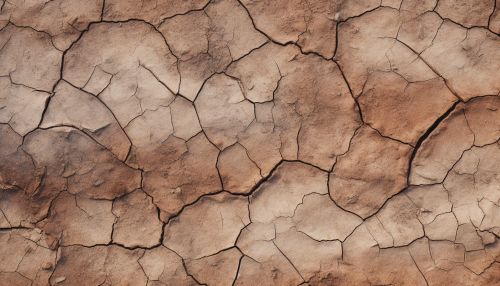Water Stress
Overview
Water stress refers to the pressure that limited water resources exert on societies and ecosystems. It is a pervasive and growing problem that is often exacerbated by climate change, population growth, economic development, and inefficient water use. Water stress can lead to water scarcity, which can have serious implications for human health, livelihoods, and biodiversity. Learn more about water scarcity.
Causes of Water Stress
Water stress can be caused by a variety of factors, including:
- Climate Change: Climate change is expected to exacerbate water stress by altering precipitation patterns and increasing evaporation rates. This can lead to more frequent and severe droughts, particularly in arid and semi-arid regions. Learn more about climate change.
- Population Growth: Rapid population growth can increase demand for water, leading to greater stress on water resources. This is particularly true in areas where water resources are already limited.
- Economic Development: Economic development can also increase demand for water, particularly in industries such as agriculture, energy production, and manufacturing. Inefficient water use in these sectors can exacerbate water stress.
- Pollution: Pollution can reduce the quality of water resources, making them unsuitable for use. This can increase stress on remaining clean water resources. Learn more about water pollution.


Impacts of Water Stress
Water stress can have a wide range of impacts, including:
- Human Health: Water stress can lead to inadequate access to clean drinking water, which can have serious implications for human health. Water-related diseases, such as cholera and dysentery, can spread rapidly in areas with limited access to clean water.
- Livelihoods: Water stress can also impact livelihoods, particularly in communities that rely on agriculture or fishing. Reduced water availability can lead to crop failure and reduced fish populations, threatening food security and income.
- Biodiversity: Water stress can also impact biodiversity. Aquatic ecosystems can be particularly vulnerable to water stress, with species loss and habitat degradation common in water-stressed areas.
Mitigation and Adaptation Strategies
There are a variety of strategies that can be used to mitigate water stress and adapt to its impacts. These include:
- Water Conservation: Water conservation strategies, such as improving irrigation efficiency and reducing water waste, can help to reduce water stress. Learn more about water conservation.
- Water Reuse and Recycling: Reusing and recycling water can also help to reduce water stress. This can include strategies such as treating wastewater for reuse in agriculture or industry.
- Integrated Water Resource Management: Integrated water resource management (IWRM) involves managing water resources in a holistic and coordinated way, taking into account the needs of all water users and the environment. Learn more about IWRM.
- Climate Change Adaptation: Adapting to climate change can also help to reduce water stress. This can include strategies such as developing drought-resistant crops and improving water storage infrastructure.
